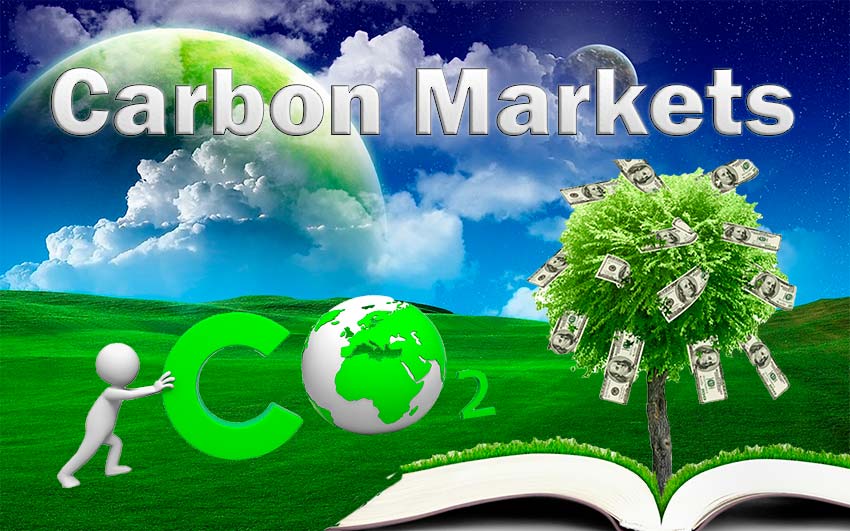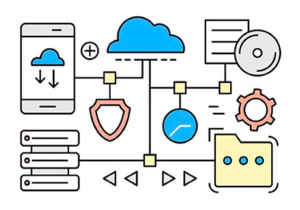FAQs about Carbon Markets

6. What is the clean development mechanism (CDM)?
The Clean Development Mechanism (CDM) is an agreement included in the Kyoto Protocol, in its article 12, which allows governments of industrialized countries and companies to sign agreements to meet greenhouse gas (GHG) reduction targets. The purpose is to make investments in emission reduction projects in developing countries, to acquire carbon credits, known as “emission reduction certificates” (CER), at lower costs than in their markets.
In theory, the CDM means a significant cost reduction to industrialized countries, in addition to allowing the possibility of transferring clean technologies to developing countries. Governments and companies, by investing in these CDM projects, receive Certified Emission Reductions (CERs), with which they can complete the reduction targets to which they have committed.
FAQs about Carbon Markets
1. What are carbon markets and what are their objectives?
2. What are CERs or carbon credits?
3. How are reductions in greenhouse gas emissions measured?
4. What are regulated carbon markets?
5. What are voluntary carbon markets?
6. What is the clean development mechanism (CDM)?
7. What was the cause and consequence of the collapse of CERs prices?
8. What was the carbon market disagreement at COP25?
9. Have carbon markets served to mitigate global warming?
10. What are the criticisms of carbon markets?
You can also see it in…
Infographics

Photo Gallery.

Video Gallery

